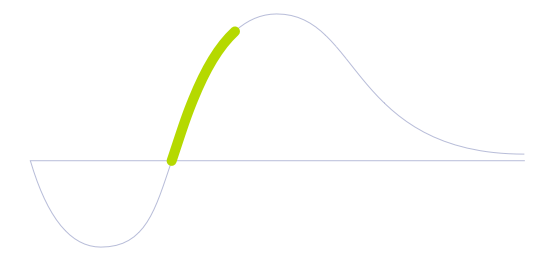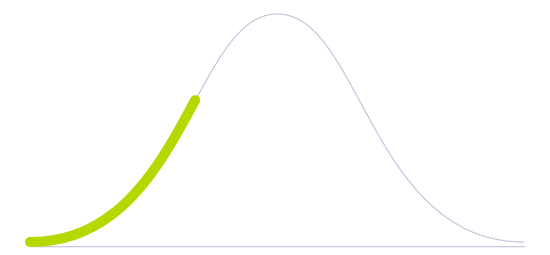Integrated Autonomous Energy Grid

Technology Life Cycle
Marked by a rapid increase in technology adoption and market expansion. Innovations are refined, production costs decrease, and the technology gains widespread acceptance and use.

Technology Readiness Level (TRL)
Prototype is fully functional and ready for testing in industrially relevant environment.

Technology Diffusion
Embrace new technologies soon after Innovators. They often have significant influence within their social circles and help validate the practicality of innovations.

Energy is produced, distributed and consumed across the world in an ever-increasingly complex manner. An autonomous integrated energy grid is a cyber-secured, digitally controlled system able to take advantage of existing technologies such as telecommunications and sensors in order to optimally distribute electricity. It requires sharing information between producers, distributors, and consumers to provide a highly efficient response to supply-demand, using multiple centralized and de-centralized facilities, while also providing end users with information-based options and granular control.
Smart grids are essential to modernize the world’s power system. The aim is to reduce the chances of blackouts, increase overall grid reliability, integrate renewable power sources and significantly reduce costs. With grids now gathering energy from different sources, including wind and solar, operating these systems has become more complex and has made artificial intelligence a key resource to process large volumes of real-time data while maintaining stability and efficiency.
By assimilating historical data on power fluctuations and weak spots, the grid can seamlessly and autonomously respond to major energy spikes and events. The grid's parameters are automatically adjusted to optimally rebalance the load when adding new energy producers such as solar farms, or when consumers plug-in small electric cars. Without being restricted to reacting only to old data from the past, future energy demand is anticipated based on predictive weather models and real-time predictive analytics of social media posts and internet searches.
Future Perspectives
The electrification of transportation will be a massive driving force in modernizing the electrical grid. Clean energy sources including renewables, natural gas and nuclear could begin to replace the unsustainable vestiges of modern society, while also being able to handle higher demand fluctuations. The flow of electricity and information will be bidirectional, both to and from the consumer, who will benefit from universal access and greater freedom of choice. For instance, a magnetic induction system installed on all roadways could charge electric vehicles while in motion. The technology could alleviate current concerns in the automobile marketplace regarding the maximum range that electric cars can travel without needing a charge.
In terms of sustainability, smart grids could improve the utilization efficiency of the whole power system and the amount of intermittent renewable generation, increasing the capacity of grid-connected clean energy such as solar energy, wind energy, and photovoltaic system. With coordination between energy policy, society, utilities and technology suppliers the supply of electrical power could be predominantly based on renewable energy sources, while the system-wide ICT infrastructure together with a more flexible energy supply system could lead to a multitude of new services which act as driving forces for innovative green business models. All in all, in line with the aforementioned examples, it is expected that driverless electric vehicles and autonomous electrical grids will pave the way to a cleaner future while changing the way we relate to energy, focusing on energy as a good we can autonomously manage and produce, rather than a simple consumable commodity.
Image generated by Envisioning using Midjourney